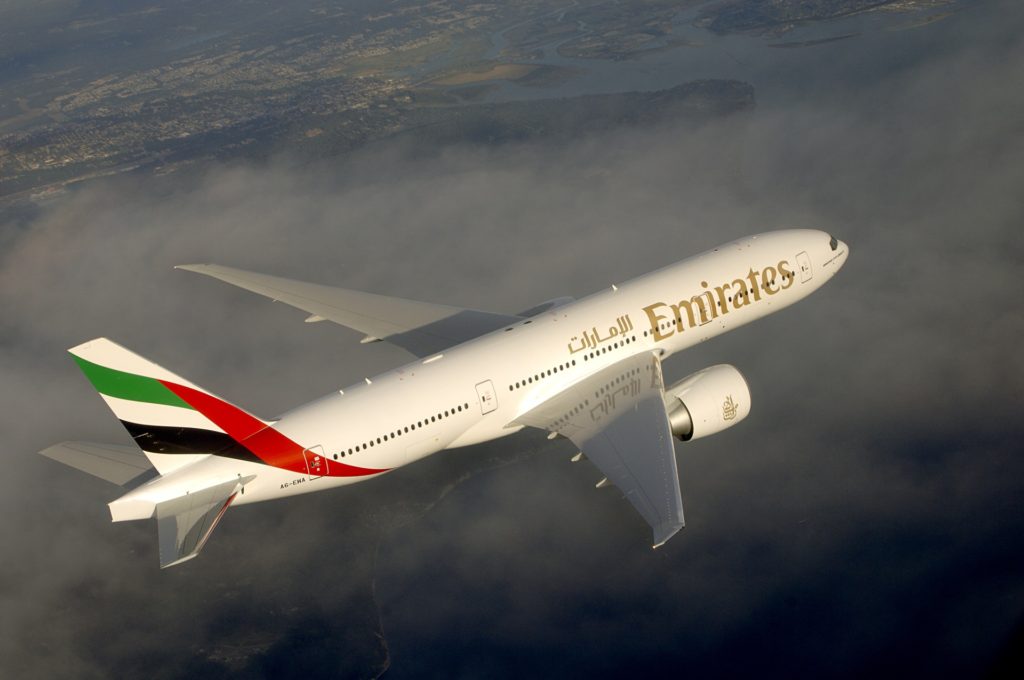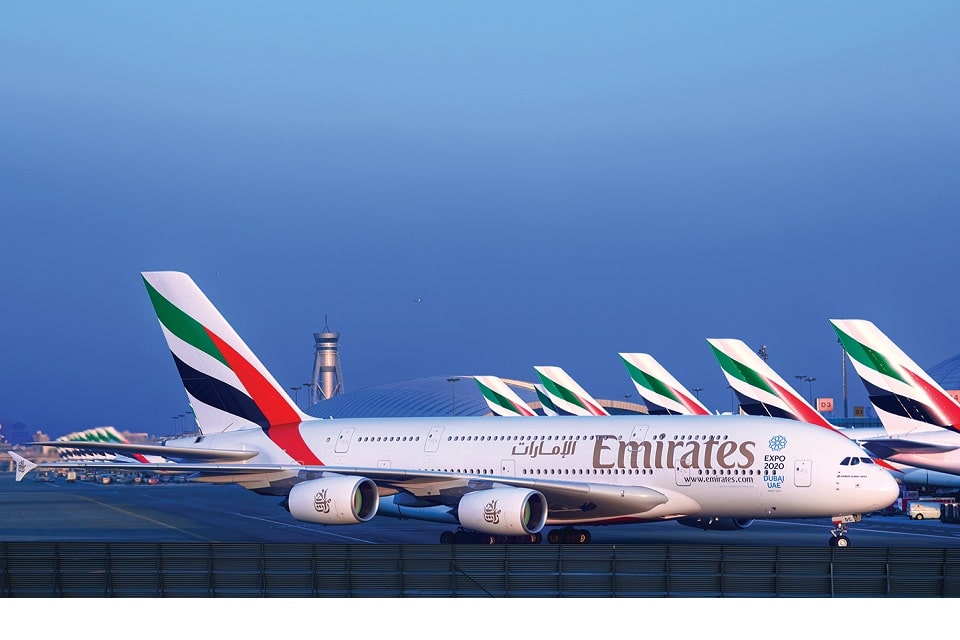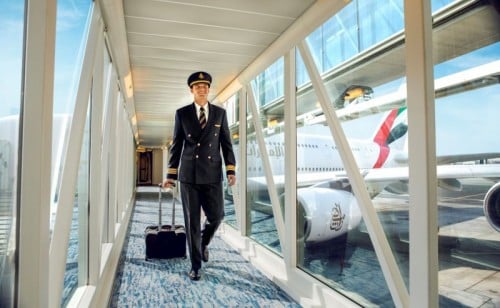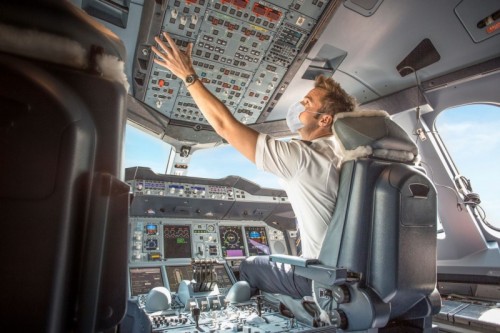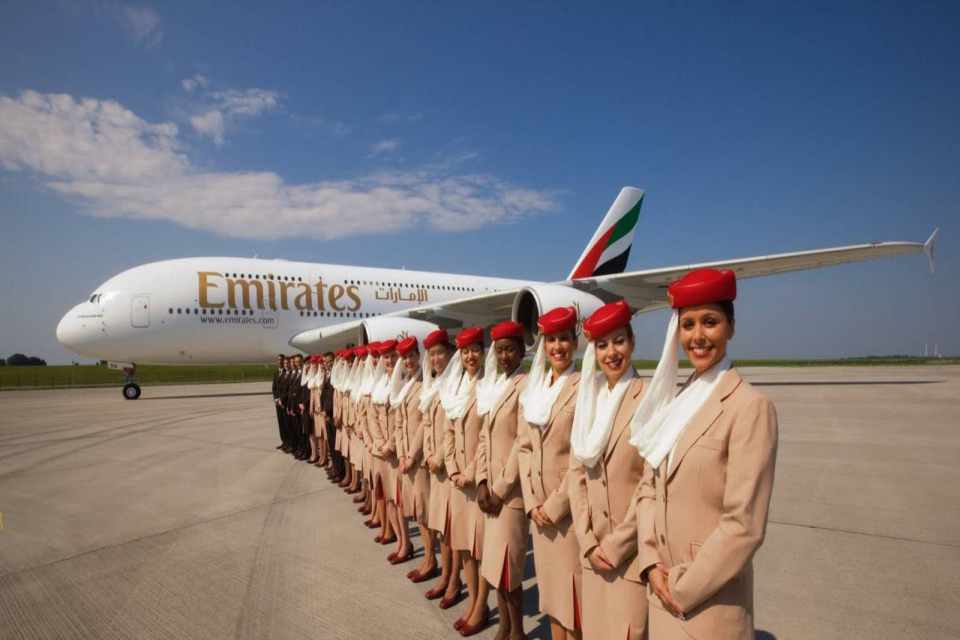Aviation
These are the 8 benefits of being an Emirates Pilot.
These are the eight benefits of becoming an Emirates Pilot and becoming a part of the world’s largest and youngest fleet airline. #Emirates
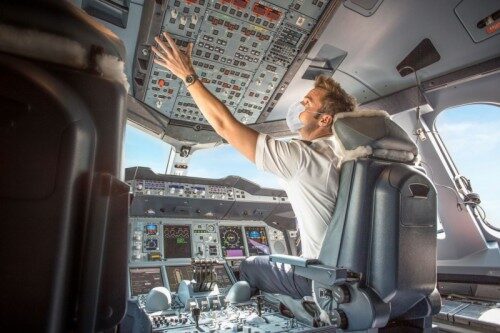
Emirates, the world’s largest operator of Airbus A380s and Boeing 777s, is looking for First Officers who fulfil the airline’s high safety, technical, and customer service criteria. Successful individuals can expect to reach new professional heights with Emirates.
[adinserter block=”2″]
1.The world’s youngest airline fleet.
Emirates currently employs wide-body aircraft. It is the world’s largest operator of Airbus A380s and Boeing 777s, and the only airline firm in the world that employs A380 full-service aircraft. It also entails piloting one of the world’s youngest and most modern fleets, which today includes 265 Airbus and Boeing planes.
[adinserter block=”2″]
2.What does it mean to be an Emirates airline pilot?
Enjoy a fantastic lifestyle in vibrant Dubai with our entire wide-body fleet and ever-expanding worldwide route network. There are 265 Airbus and Boeing planes. With Emirates’ ongoing fleet renewal efforts, pilots will also be flying Boeing 787-9 Dreamliner’s, Boeing 777-Xs, and Airbus A350-900s in the future years.
[adinserter block=”2″]
3.Pilots can fly to 140 different destinations.
Emirates has the world’s largest network, based in Dubai but connecting the majority of the world’s busiest networks. A future with Emirates entails flying to different locations within the airline’s network, which spans six continents and 140 cities.
It also means flying one of the world’s youngest and most modern fleet, now numbering 265 Airbus and Boeing aircraft. With Emirates’ continuous investments in renewing its fleet, the airline’s pilots will also be flying Boeing 787-9 Dreamliners, Boeing 777-Xs and Airbus A350-900s in the coming years.
[adinserter block=”2″]
4.How does Emirates train its pilots?
Emirates’ pilots complete thorough, evidence-based training programmes in-house with highly trained instructors in specially developed venues, thanks to the company’s cutting-edge infrastructure for pilot training and type rates. Ten full-flight simulators for Boeing 777s and Airbus 380s are housed in the airline’s cutting-edge training center. The airline’s expansion provides several prospects for natural professional advancement – first officers can slowly advance to become captains, technical pilots, standards’ captains, examiners, and instructors.
[adinserter block=”2″]
5.What it’s like to live in Dubai as an Emirates pilot.
Emirates provides a variety of perks designed to help pilots and their families live a meaningful lifestyle, including a competitive tax-free pay, significant housing and education allowances, and exceptional medical and dental coverage. Employees receive discounted freight and travel perks for the entire family, including tickets for guests, across the airline’s global network. Furthermore, the Emirates Platinum card provides a variety of benefits and discounts at hundreds of retail and hospitality shops both locally and abroad.
6.Pilots have the option of selecting their preferred flight and destination.
On Emirates’ innovative rostering system, pilots can bid for preferred flights and destinations to ensure they have the opportunity to spend quality time with their loved ones on special occasions. On a typical workday, Emirates’ flight deck crew is escorted to and from home, as well as through the airline’s headquarters’ fast-track check-in facilities.
7.Emirates is a mini-world airline with over 160 nationalities.
Flight and cabin staff from more than 160 countries enjoy a collaborative relationship that reflects the multicultural environment of Emirates’ hub Dubai. The city’s reputation as a safe, secure, energetic, and technologically advanced city is well known. Major yearly athletic events, a diverse range of lifestyle activities, first-rate hospitality and cuisine, breathtaking sites, international schools and hospitals, and world-class infrastructure all contribute to Dubai’s status as a destination for millions of expats.
Emirates’ Boeing 777 Fleet Tops 859,000 Flights..!(Opens in a new browser tab)
8.What are the requirements for becoming an Emirates Pilot?
Candidates for the post of First Officer must have experience flying multi-engine, multi-crew aircraft, a valid ICAO Airline Pilot License, and a minimum of 2,000 flying hours on aircraft with a maximum take-off weight of 20 tonnes.
Interested individuals should carefully review the eligibility requirements before applying online. here: https://www.emiratesgroupcareers.com/pilots/

Aviation
Boeing, Antonov to Collaborate on Defense Projects

– MOU represents Boeing’s commitment to work with Ukrainian industry
– Includes exploring opportunities for collaborating on in-country support of Unmanned Aerial Systems
A Memorandum of Understanding was signed today by Boeing and Antonov Company to investigate potential collaboration on defense-related projects.
“We’re happy to keep collaborating with the Antonov Company to help Ukraine’s economic development and expansion,” stated Ted Colbert, CEO and president of Boeing Defence, Space, & Security.
Airbus and the Antonov An-225: The Best Partnership:Click here
“This agreement demonstrates our ongoing efforts to find more opportunities to work with Ukrainian industry, which was underscored by our signing of the Ukrainian Defence Industry Compact earlier this year.”
The areas of potential collaboration identified in the agreement consist of training, logistical support and overhaul services for tactical Unmanned Aerial Systems utilized by the Ukrainian Armed Forces, which includes the ScanEagle. In addition, the companies will also explore opportunities for Antonov to provide engineering support to Boeing.
The six largest cargo aircraft ever built in the aviation industry:Click here
“A strong, innovative, and efficient defense industry is key to sustainable economic development and national security, and we are extremely excited to collaborate with Boeing,” said Ievhen Gavrylov, CEO of Antonov Company.
This agreement brings a whole new level of opportunity to implement the latest and most effective solutions – in addition to the possibility of future projects with Boeing in the aerospace and defense industry.”
-

 Travel1 week ago
Travel1 week agoAir India to Expand US Operations with Three New Routes After a Decade
-

 Travel2 weeks ago
Travel2 weeks agoWhy We Should Avoid These Stamps in a Passport
-

 Airlines1 month ago
Airlines1 month agoInvestigations Reveal Fake Chinese Titanium in Boeing and Airbus Jets
-

 Tech4 weeks ago
Tech4 weeks agoChina’s CATL Plans 1,800-Mile Electric Plane Launch by 2027
-

 Airport3 days ago
Airport3 days agoTop 10 Largest Airports in the World by Size
-

 Aerospace4 weeks ago
Aerospace4 weeks agoChina’s Fighter Jets Turn Wings into Autonomous Drones
-

 Airlines4 days ago
Airlines4 days agoAir India Rolls Out A350s for Delhi-New York JFK and Newark Routes
-

 Defence3 weeks ago
Defence3 weeks agoBoeing Enhances Chinook with New Engines and Block II Upgrades at $96 Million

